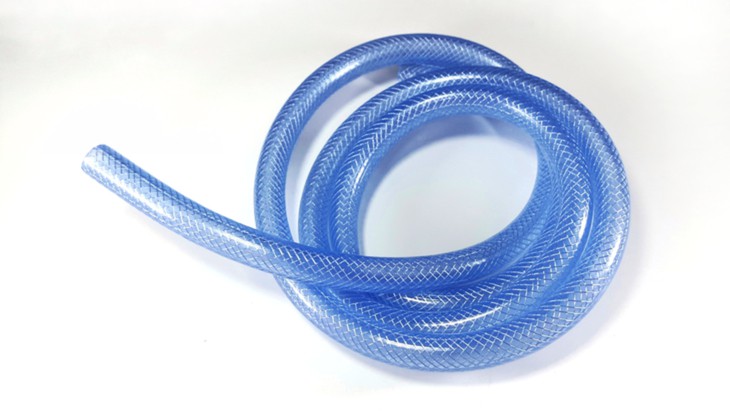We all have an image of someone choking, going puce, running around and gasping. That may be true for some people, but someone who has a complete blockage of their windpipe due to an obstruction, is likely to be silent and may struggle to get someone’s attention and alert them as to what it wrong.
As a nurse in critical care, I had to deal with people choking regularly because they already had swallowing difficulties, but choking is one of those emergencies that can rapidly lead to death if not handled swiftly. Choking is when food, a toy or another object is blocking the throat or windpipe making breathing difficult. If there is a complete blockage, the patient can’t cough or breathe at all and will rapidly deteriorate.
There are defined protocols and procedures to help someone who is choking, but what can you do, if it happens to you? Here is my DIY guide for how you can help yourself, and what you definitely shouldn’t do.
- Stay calm. If you panic, this will cause your throat to constrict further and make dislodging the object more difficult.
- If you can, try and clear your throat by coughing. If you have a partial blockage, this should be enough to clear the obstruction. Lean forward while you cough to let gravity assist the process.
- If you airway is completely blocked, you won’t be able to cough or make a sound and you need help from someone. Wherever you are, get the attention of someone immediately. DON’T do what a lot of people do in this terrifying situation, which is run to the loo. Choking on food often happens in restaurants and amazingly, people who choke feel embarrassed and want to hide away from the public space.
- In my experience, children who have a complete blockage in their windpipe can go silent and freeze so you may not notice at all that they are choking. Their face will go red to purple and the blueish grey when their oxygen levels fall to a critical point – this can happen very quickly.
- If no one is around to help, you can perform the Heimlich manoeuvre on yourself. Put a bunched fist in the space just under your rib cage and your tummy button and use the other hand to push up and in sharply. In a J shaped motion. Otherwise, you can use the corner of a chair to exert force in this spot by pushing your body up against it.
- Don’t put your fingers into your mouth to try and remove the obstruction. Nine times out of ten, this makes the choking worse and lodges the obstruction more firmly in the windpipe.
- Obviously, prevention is better than cure. To avoid choking in the first place, avoid laughing and talking while chewing and swallowing food – a common reason for choking. An absolute no, is the game of throwing sweets and catching them in your mouth, that has led to fatalities.
- Anything that can fit through an empty loo roll has the potential to make you choke so there is no point in cutting your food into tiny pieces. Instead, chew food carefully and eat a little slower.
- Children are regularly admitted to A&E having choked on bits of burst party balloons, labels or pieces of tape. These are a serious choking hazard but very few parents realise that their children have put the flaps of plastic into their mouths. Another common reason for choking deaths is whole grapes which can wedge in the windpipe and become stuck as the breathing tube swells.
Free online course – how to help a choking adult, baby or child https://onlinefirstaid.com/our-courses/choking-free-sample-course/
- What is a seizure? - 13th March 2025
- Febrile Convulsions and Seizures in Children - 13th March 2025
- Why women are less likely to receive CPR or survive cardiac arrest - 6th March 2025


